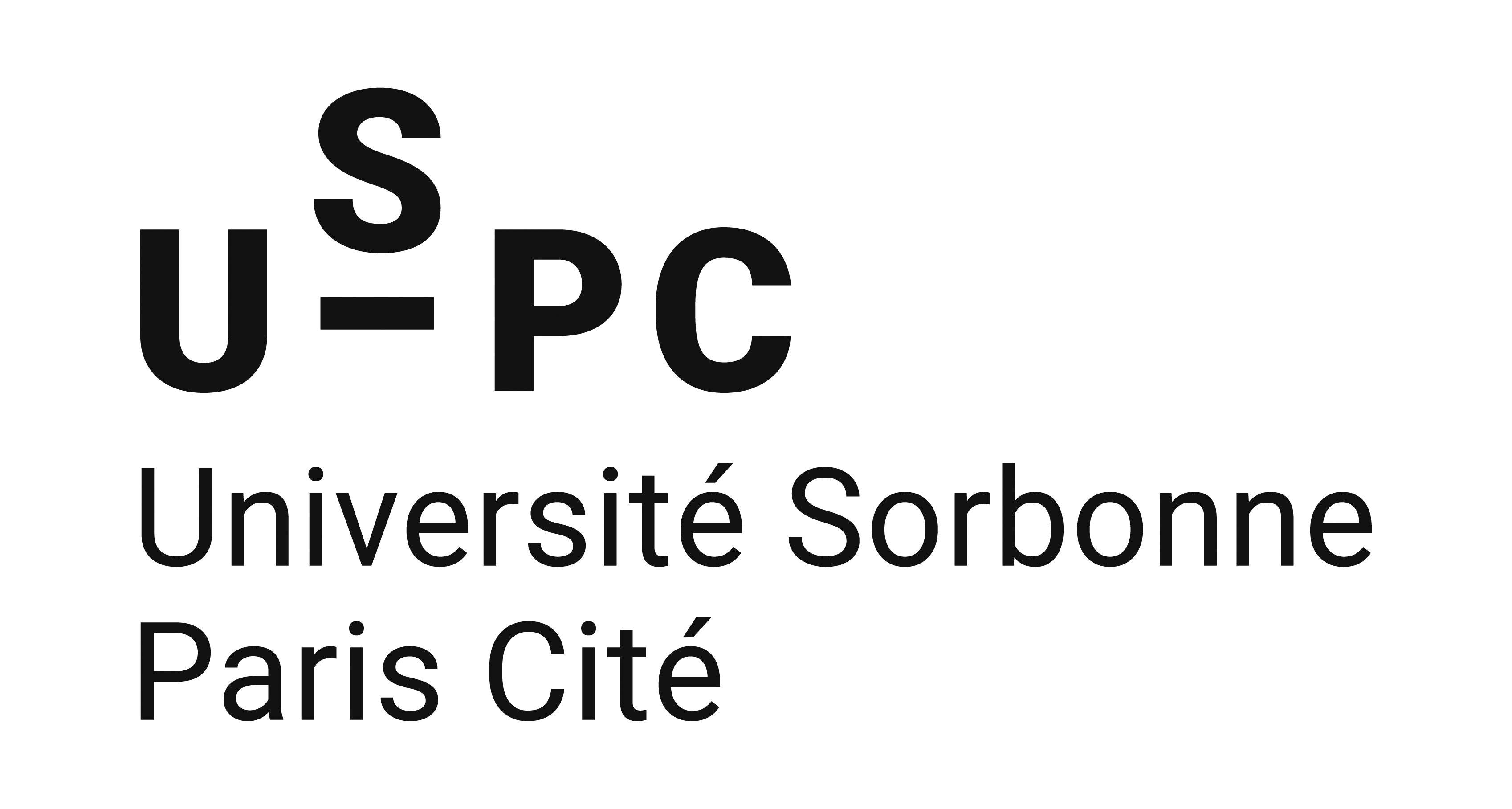Comparative, equative, and similative constructions in Lizu (Tibeto-Burman)
Résumé
This paper focuses on the morphosyntax and typology of comparative, equative, and similative constructions in Lizu (Tibeto-Burman). These three types of constructions are demonstrated to show strong resemblance in their formal make-up, sharing basic structure (in which the standard NP is constructed as an adverbial phrase) and one standard marker (/pɐ/). The goals of the paper are (1) to provide a detailed synchronic description of the three types of constructions, and (2) to place their distinctive characteristics within a larger typological context. Given that Lizu comparative constructions belong to the Particle Comparative type, which is argued to be an areal phenomenon in the regions where it is attested (Stassen 1985, 2013; Heine 1997), Lizu comparative constructions (but also equative and similative constructions) are examined in the local areal context, and compared to corresponding constructions in the linguistic neighbors of Lizu: Tibetan, Pumi, Namuzi, Nuosu, and Mandarin. It is argued that Lizu's comparative constructions are unique among its linguistic neighbors. The implications of the findings are discussed in typological, areal, and diachronic perspective.
Domaines
Linguistique
Origine : Fichiers produits par l'(les) auteur(s)
Loading...
